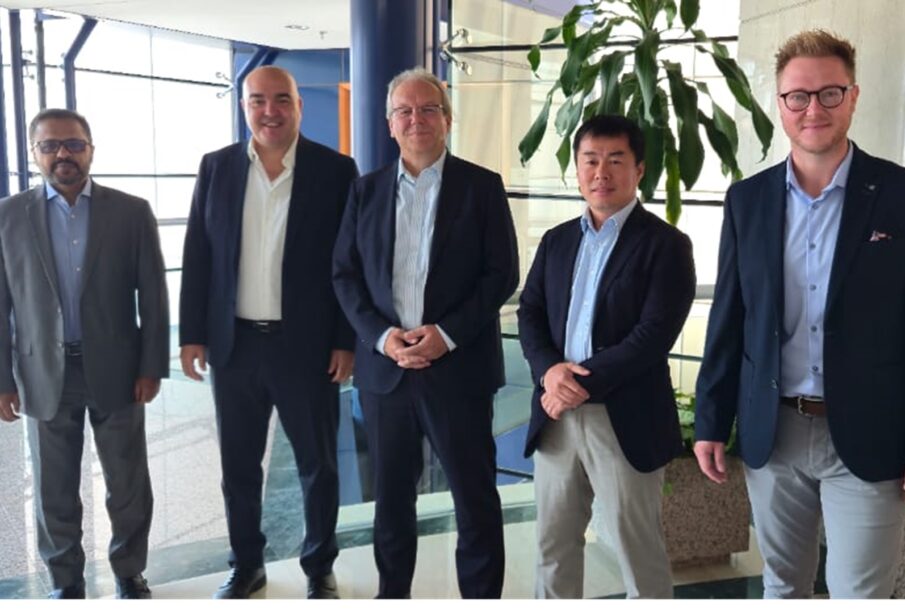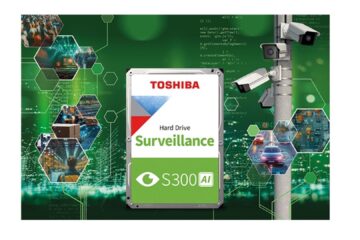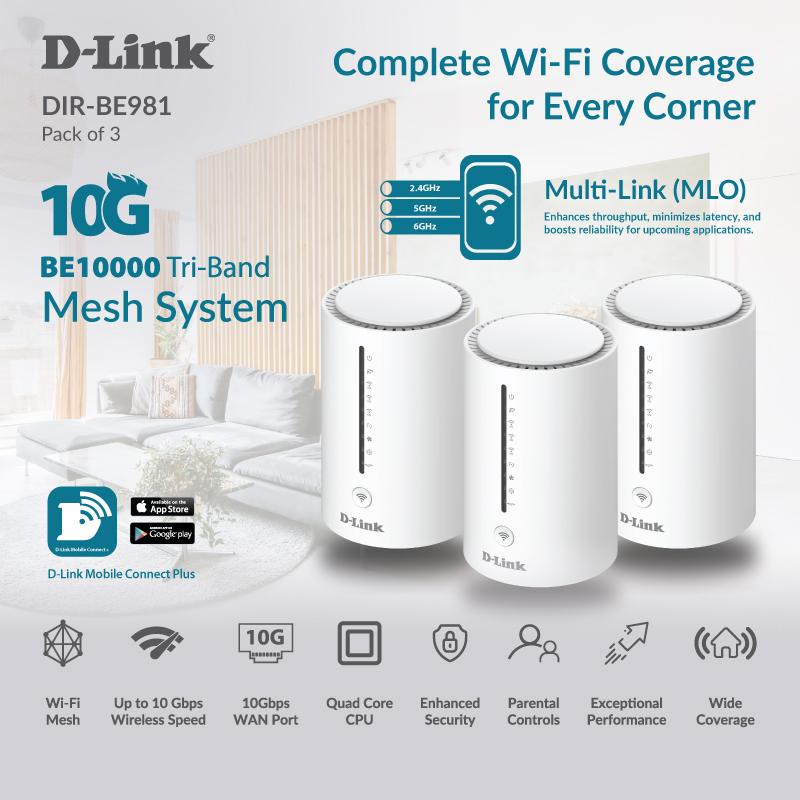Taking the legacy forward

(From left to right): Santosh Varghese, MD at Tosh Nxt Tech Ventures, Peter Lieberwirth, President and CEO of Toshiba Electronics Europe, Larry Martinez-Palamo, VP and Head of EMEA Storage Products Division at Toshiba Electronics Europe, Daisuke Hara, GM, EMEA Storage Products Business Marketing at Toshiba Electronics Europe and Jeff Briggs, GM, Distribution Sales Dept – EMEA Storage Products Division at Toshiba Electronics Europe
Toshiba Storage Eyes the Future with Bigger Drives, Greener Tech, and a Strong Middle East Focus
Toshiba’s storage division is preparing for the next wave of exponential data growth with a roadmap of higher-capacity hard drives, greener designs, and a sharpened focus on Middle East markets. Company executives outlined the legacy that shapes their strategy, the technology innovations driving their portfolio, and the go-to-market approach for the region.
Innovation
Peter Lieberwirth, President and CEO of Toshiba Electronics Europe GmbH, elaborates on Toshiba’s long history to the present day.
“We are very proud of our 150-year legacy. When we think back to 1875, that was before the electric light bulb was invented. Toshiba didn’t invent the light bulb, but was the first to bring it to Japan. One of our founders said, We bring the light into people’s homes. That thought of contributing to society through innovation is still in our DNA.”
That ethos extends to storage.
“Our hard disk drives are used to preserve people’s memories, the photos and music they love. Today, the market is shifting toward industrial and enterprise environments. Toshiba has expanded its portfolio for 24/7 operation and high reliability in data centers, surveillance, and mass-storage systems. With AI generating unprecedented amounts of data, the requirement for storage is strongly increasing.”
On the company’s organizational changes,Peter says, “Toshiba was privatized two and a half years ago. In that context, the corporation restructured its footprint. Toshiba Gulf was closed, and activities were reorganized. Toshiba Electronics Europe now manages shipments and orders, while a new entity, Tosh Next Technologies, provides local customer contact. The brand remains Toshiba, but Tosh Next ensures continuity with the same team and familiar faces.”
Roadmap to 40-Terabyte Drives
Toshiba is investing heavily in next-generation HDD technology to keep pace with hyperscale data center demands.
“We are working on two parallel paths to increase capacity,” says Daisuke Hara, GM, EMEA Storage Products Business Marketing at Toshiba Electronics Europe GmbH. “One is improving the number of platters in a drive. The other is advancing HAMR (heat-assisted magnetic recording). By 2027, HAMR will enable drives larger than 40 terabytes. Before that, we plan an 11-platter product and expect to launch 28 terabyte drives in 2026.”
For now, hyperscalers are buying 24 TB drives, but Middle East demand remains centered on 16 TB to 18 TB models because of unit cost considerations.
Greener, More Efficient Drives
Energy efficiency is a major design goal.
“Current drives consume around nine to ten watts,” Daisuke notes. “Our latest 24 TB product reduces this to 0.4 watts per terabyte, down from one watt per terabyte on earlier 10 TB models. Future products will continue to lower watt-per-terabyte ratios.”
He added that Toshiba uses helium-filled enterprise drives to cut friction and power draw.
“Helium is only one-seventh the density of oxygen, allowing the platters to spin with less resistance and generate less heat.”
HDDs and SSDs: Complementary Roles
While AI workloads require fast compute, Toshiba executives emphasized that HDDs remain indispensable for cost-efficient storage.
“In the datacenter space, HDDs and SSDs are not competing technologies,” says Larry Martinez-Palamo, VP and Head of EMEA Storage Products Division at Toshiba Electronics Europe GmbH. “SSDs are faster and suited for operations requiring very fast random reads and writes. HDDs deliver a much lower cost per terabyte and are ideal for sequential storage. For pure data storage it would be a waste of resources to buy SSDs. AI generates huge volumes of data that ultimately must be stored, so SSDs handle the processing while HDDs handle the archiving.”
Market Growth and Use Cases
According to Larry, the HDD market continues to expand despite consumer slowdown.
“IDC ( International Data Corporation) estimates that about 10 zettabytes of data will be stored globally in 2025, and that figure will nearly double over the next five years. Roughly 60% of that data will remain on HDD technology well past 2030. Enterprise storage is growing at around 15% per year, while surveillance markets show about 10% growth. Consumer sales are declining in units but trending toward higher capacities.”
On Toshiba’s strategic priorities within its storage portfolio, Larry highlights the company’s focus on addressing diverse market segments while strengthening its enterprise footprint.
“At Toshiba’s Storage Products Division, we operate across four main business areas — surveillance, NAS, consumer, and enterprise. Among these, enterprise and data center storage stand out as the most strategic and fastest-growing segments. As data centers continue to expand globally, their appetite for storage capacity remains insatiable.”
Middle East in focus
For the region, Santosh Varghese, MD at Tosh Nxt Tech Ventures highlights a channel-driven growth model.
He says, “The Middle East and Africa are critical markets in our EMEA footprint. Despite the restructuring, it’s business as usual with the same team managing the market. We operate an in-country distribution model with most distributors based in Dubai but covering the Gulf and Africa.”
“Our strategy is to go wide and go deep—expanding retail, system integrators, and dealer networks. For Africa, our Go Africa initiative focuses on building and training local channels rather than running operations from Dubai. Programs like Build Your Own Data Center (BYODC) teach enterprises to take their data seriously and create on-premises or hybrid solutions at roughly 30% of the cost of ready-made storage boxes,” adds Santosh.
Consumer Lineup
While enterprise is the growth engine, Toshiba continues to serve the consumer segment.
Jeff Briggs, GM, Distribution Sales Dept – EMEA Storage Products Division at Toshiba Electronics Europe GmbH says, “Our lineup of external hard drives is primarily designed for consumers, catering to their need to store personal data — whether photos, games, movies, or other content. We offer a broad range of products, from basic models to high-end, high-capacity drives of up to 4 TB in a compact 2.5-inch format. One product we always like to highlight is our Canvio Flex, a truly unique offering in the market. It’s the only drive compatible across all major platforms — PC, Mac, and smartphones, both Android and iPhone — allowing users to store and access their data seamlessly without the need for formatting. That’s why we call it the Canvio Flex — it’s the most flexible hard drive on the market.”
Outlook
Despite the rise of cloud services and SSDs, Toshiba sees a long runway for HDD growth.
Jeff says, “Data is being generated exponentially and must be stored somewhere. HDD technology will continue to handle the majority of the world’s exabytes for years to come.”
With its heritage of innovation, expanding capacity roadmap, and regional strategies to deepen channel engagement, Toshiba aims to stay at the center of the world’s insatiable demand for data storage.















